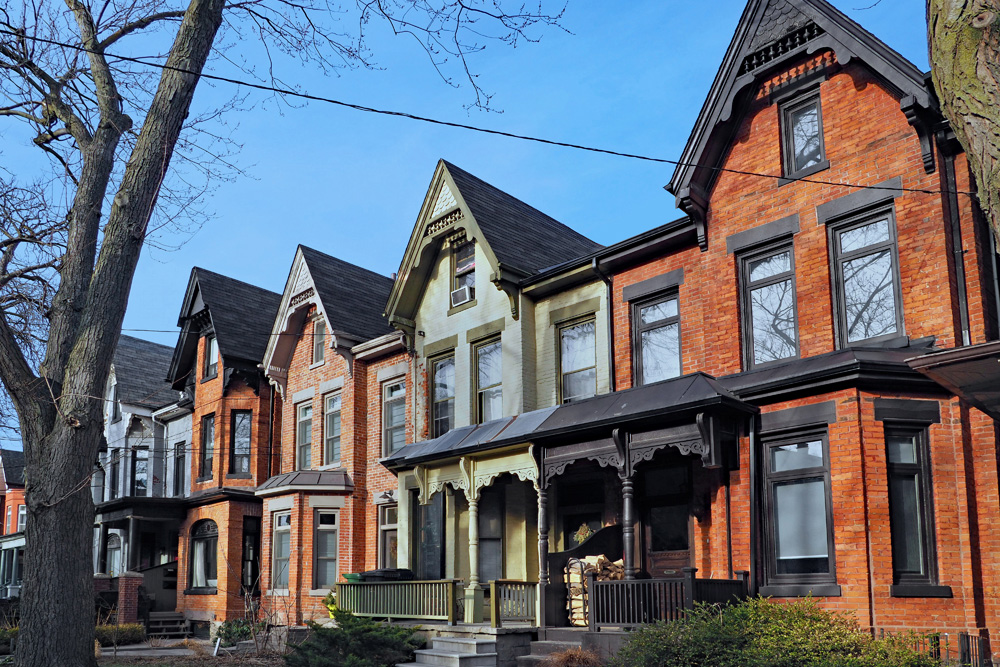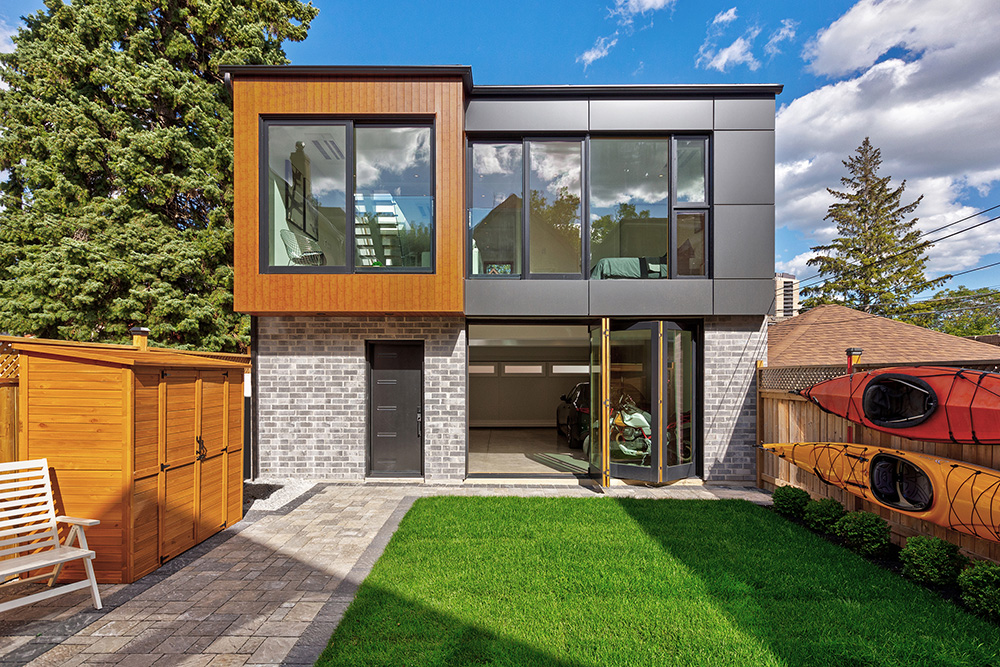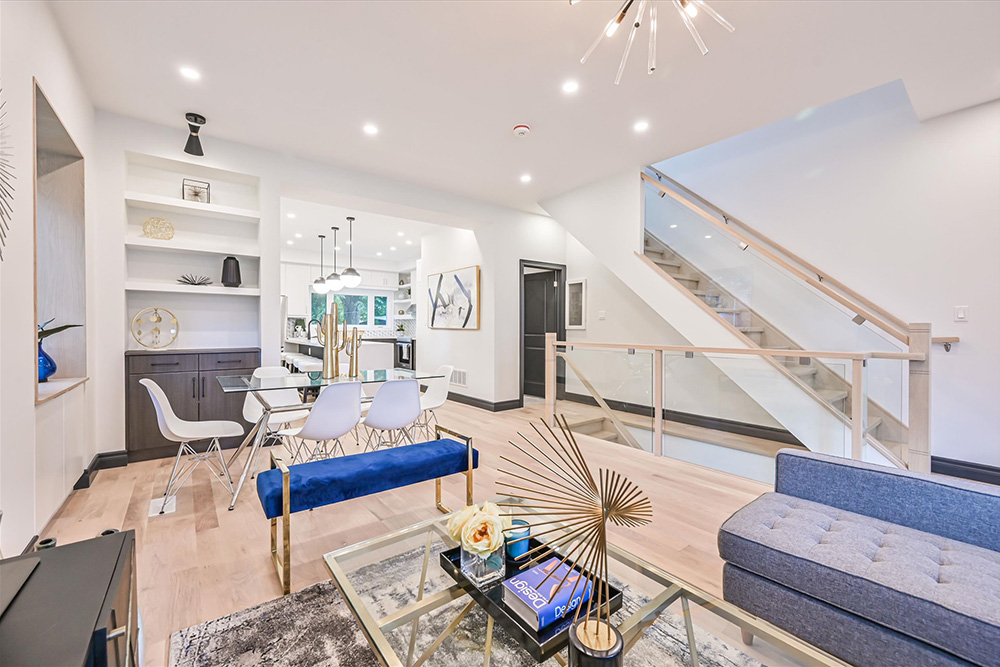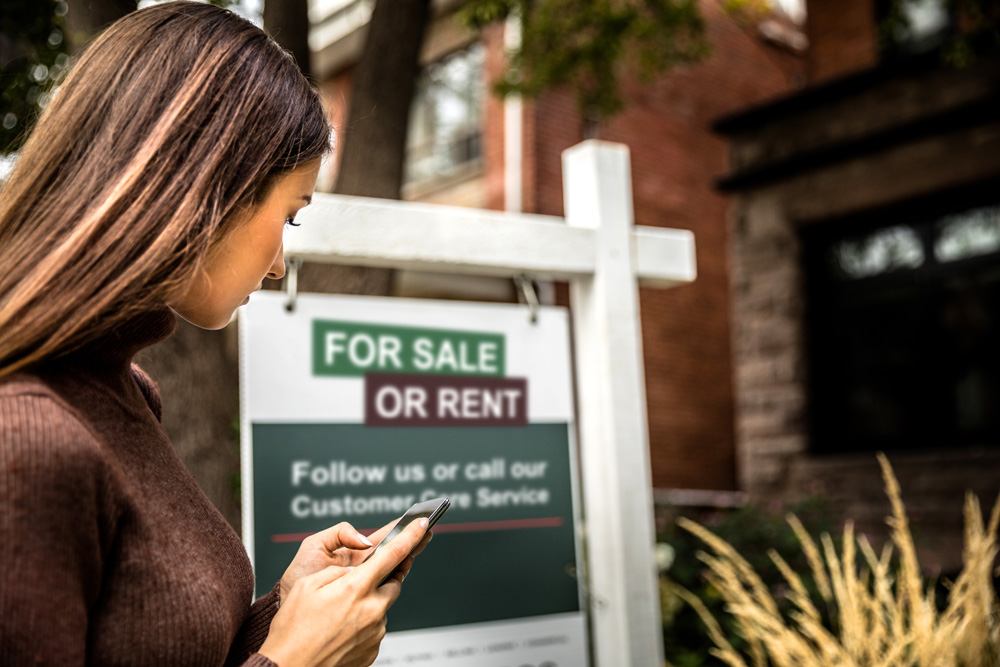Is the dream of owning a home still achievable? Yes, say the experts. With some clear strategies, you can become a homeowner before 40 (and maybe even earlier). Of course it won’t hurt to follow the typical advice: Start saving early, live frugally, don’t spend more when you get a raise, don’t order that avocado toast, etc. But there’s more to it.
Matthew Lee and Ming Lim, expert real estate investors from the Toronto-based real estate investment advisory and realty firm Volition Properties, want to broaden your thinking – especially because the traditional methods to getting into home ownership may not work in more competitive and more expensive markets. They’ve shared with us 10 expert tips that will accelerate your journey to homeownership before you’re 40.
Published May 18, 2021, Updated Mar 5, 2022

1. House Hacking
Turn your biggest liability into your greatest asset and earn money from your home. If you were thinking of a one-bedroom condo, consider buying a two-bedroom condo. If you were thinking of a two-bedroom condo, consider buying a small house. This might seem counterintuitive but the idea here is to buy more than what you need and rent part of it out, thereby lowering your living expenses – including utilities and even Wi-Fi. Let’s say, for example, that the difference between buying a one-bedroom condo and a two-bedroom condo is $150,000, which equates to a $425 increase in monthly mortgage payments. But consider this: If you rent out your second bedroom for $1,200, you’re effectively ahead by $775 per month – even after the increased mortgage payment – and now you’re building equity on a larger asset.

1. House Hacking
There’s a similar principle at play when you need to decide on buying a condo versus a house. Let’s say that you were able to buy a small house where your monthly costs, including mortgage, are $4,200 and you could live in the basement while renting out the upstairs unit for $3,000. Then your monthly living costs would be only $1,200 and you would own a house instead of a condo. A larger purchase also provides you with more versatility as your needs change. For example, you could move into the upper unit later on if you need more space, rather than having to look for a new place.
Related: 10 Tips for Creating the Ideal Basement Apartment, According to Scott McGillivray

2. Purchase a Triplex (or Convert a House Into a Triplex)
A triplex is a three-unit house: You could live in one unit and rent out the other two. This is taking house-hacking to the next level: The price tag is high, but the reward is even higher! Even though you’ll be spending more up front, the flip side is that you’ll be making significant rental income. This helps immensely with the carry costs and you’ll own a much more valuable house with much larger growth potential. It is also much more versatile since you can move between units as your needs change. You can even combine two units if your family grows.

2. Purchase a Triplex (or Convert a House Into a Triplex)
Typically, with a triplex, your living costs would be less than they otherwise would with a smaller property. Let’s say you’re able to buy a triplex and your monthly costs, including mortgage, are $5,000 – you could live in the basement and rent out the main floor unit for $2,200 and the upper unit for $2,200: then your monthly carry costs would be only $600!

3. Buy a Property With Laneway/Garden Suite/Coach House Potential
A laneway house is a separate building that is located at the rear of your lot, where a laneway garage would normally go. It allows you to enjoy the perks of having tenants without the downside of sharing walls. No shared entrances, no shared laundry, no shared space! In order to build this, you need a property that can accommodate a laneway house – there are very specific zoning laws requirements, so not all lots can – and the property needs to be located in a municipality that allows them to be built, such as Toronto and Vancouver.

3. Buy a Property With Laneway/Garden Suite/Coach House Potential
The price tag is steep: The cost of building one starts at about $400,000. But the rental income that you get for that investment more than makes up for it. You could rent out a laneway house in Toronto for more than $3,000 per month. The key here is to have foresight and to consider future-proofing yourself: You may not have enough funds now, but over time as laneway suites become more popular and more attention is paid to them, lots that can accommodate laneway housing will carry a bigger premium.

4. Furnished Rental
There are still headwinds for the short-term rental market – such as Airbnb – and the medium-term rental market but chances are that it won’t stay this way forever. If you have available rooms or units and want a way to boost your rental income, employing a non-traditional approach to your rental strategy could provide you with what you need. It is not for everyone; it’s very hands-on, some municipalities have licensing restrictions on what you are allowed to rent out short term, and demand for short-term rentals is relatively low right now due to Covid.

4. Furnished Rental
Employing this rental strategy, however, may actually allow you to reduce your cost of living down to $0 or even make you cash-flow positive while living there. The cost of furniture adds to the initial outlay but can pay dividends in the future, since it can help immensely with the cost of carrying the property. You also have flexibility on how often you rent it out.

5. Turn Your Parents Into Real Estate Investors
If your parents want to help you out in getting started as a homeowner in the Canada housing market, they don’t have to act like your personal piggy bank. Oftentimes, the better way to structure the arrangement is as a win–win scenario, so it’s not a handout. If they have a line of credit or – even better – a home equity line of credit, they could lend funds to you for your down payment and in return, you would pay their interest on the borrowed funds.

5. Turn Your Parents Into Real Estate Investors
To structure it as win–win, you could pay them a premium on top of their own interest payments. For example, if they borrow at prime, you could pay them back prime plus 0.5 per cent or even prime plus one per cent. Or you can structure it in a joint venture model whereby they help with the purchase, you do all the work and manage the property as a rental, and you both share in the equity upside. If you are creative and resourceful enough, there are countless ways to make this work. But make sure it’s all in writing!
Related: Vancouver and Toronto Named Best Canadian Cities for Young Adults to Buy Property

6. Co-living
Shared ownership with family or friends to buy something bigger to accommodate everyone’s living needs can be a great solution. We have clients who have purchased together in groups of two to six. It can be trickier and everything needs to be well defined and documented beforehand: Sharing of expenses, major repairs, upside capital appreciation, decision-making or voting rights and the like.

6. Co-living
Done right, however, this can provide an excellent opportunity for younger individuals to get into a bigger and more valuable house with more upside potential. This comes with the added complexity and risk of owning with other people, so clear, direct, and regular communication is key. For example, you may need scheduled, regular meetings to review living arrangements, house rules, deciding on who gets which bedroom, what happens if one person wants out and so on. Be aware though that buying in groups of more than four can get tricky from a mortgage perspective, so make sure you speak with your mortgage professional early.

7. Joint Ventures
Joint ventures are a way of using OPM – Other People’s Money – to buy real estate. When purchasing real estate, you need all of the four Ms: Money for the down payment, mortgage, mastery and management – asset management; not just property management. In a normal real-estate purchase, one individual or a couple brings all of these things in order to buy a house. The reality, however, is that these things can come from different people.
Related: 20 Real Estate Terms Every Aspiring Homeowner Should Know

7. Joint Ventures
In a traditional joint venture, if you are willing to provide the mastery and management, then your co-venturer would provide the money and mortgage and you would both share 50/50 in cash flow, mortgage paydown, and equity upside of the property. Often, this requires you to have a proven track record so that you can demonstrate you know what you’re doing but there are many investors who used joint-venture money when purchasing their very first property. These people spent all of their time and energy learning about how to invest in real estate by joining real estate investment groups like the Toronto Real Estate Mastermind, the largest and most active real-estate meetup group in Toronto, with over 2,500 members.

8. Stepping-Stone Approach
Young people have the great advantage of having time on their side. Buying property early, even something smaller like a condo, has a compounding growth effect that will work in your favour. For example, buying a $500,000 condo now can potentially be worth $700,000 in five years. This compounding growth effect, which Einstein described as “the most powerful force in the universe”, builds tremendous equity which makes it much easier to upgrade to a house by the time you are 40. Jumping straight into buying your dream home might not be a reality when you are starting out; consider a stepping stone approach instead, rather than waiting and waiting.

8. Stepping-Stone Approach
This is not a call to arms over FOMO; this is to demonstrate that taking action and getting in early is generally the best strategy. The Toronto market has grown 7–10 per cent every year, so that $500,000 townhouse you were eyeballing seven years ago is now $1,000,000, while the $100,000 down payment that you had ready seven years ago but have left sitting in your savings account instead of using it is now worth $115,000. The rest of Einstein’s quote: “Compound interest is the eighth wonder of the world. He who understands it, earns it; he who doesn’t, pays it.”

9. Build an Expert Team
You are the CEO of your house. Your job as CEO is to ensure that you have the absolute best team. This is probably going to be the biggest purchase you will ever make in your life. Don’t settle for second-rate team members. Do you really want to entrust the fate of your financial future on using Uncle Joe as your realtor? You pay the same amount to most realtors, so why not go with the best – or the one who truly offers the most value? You may have read up on the questions to ask a realtor but you want to be sure that the realtor can answer these questions. If you are considering a house with a basement unit, work with a realtor who knows what to look for to ensure that it’s a legal basement unit.

9. Build an Expert Team
Similarly, if you are considering a laneway house, work with a realtor who knows the requirements and criteria for laneways so that you won’t be unpleasantly surprised later. Demand this level of excellence and value-add from all of your service providers: realtor, mortgage broker, insurance broker, accountant, real-estate lawyer, contractor and so on. When you start thinking about it in this way, you start realizing that home ownership isn’t a one-person show: The team that you surround yourself with can help you ensure that your purchase goes smoothly and, more importantly, can help ensure that it’s a well-considered part of your overall plan and financial future.

10. Invest in Real Estate, Even if You Stay as a Renter
Keep in mind that your own home is a luxury; not a necessity. With your equity growing in your investment properties and with renters paying your mortgage, you may eventually reach a point where that equity can help you purchase your own home by the time you’re 40 – in a way that is sustainable and not a major financial burden.
Related: Scott McGillivray on How to Market Your Rental to Attract a Dream Tenant

10. Invest in Real Estate, Even if You Stay as a Renter
Real estate investing can be one of the most lucrative ways to grow your wealth. If you don’t necessarily need to live in the property that you purchase – for instance if you want to buy outside of the city but your job doesn’t make living in the country practical just yet – then you can continue to be a renter. In fact, several of our clients have purchased investment properties in downtown Toronto but continue to live as renters because they have apartments with very reasonable rents and financially, it just makes more sense in their particular situations to not live in their own property. So, crunch the numbers, speak to your financial advisors and see what’s feasible for you.
HGTV your inbox.
By clicking "SIGN UP” you agree to receive emails from HGTV and accept Corus' Terms of Use and Corus' Privacy Policy.





